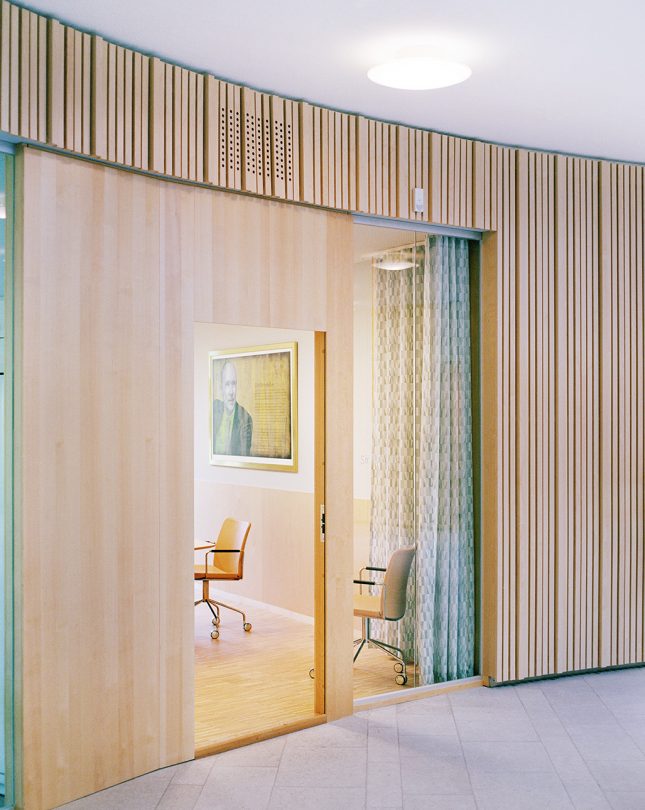Our latest news and views English
Underpinned by our Scandinavian design heritage, we bring you regular stories about architecture and interiors, exploring natural materials, acoustics, and the creation of safe and harmonious environments.
Research shows that excessive noise in the workplace can negatively affect occupants’ blood pressure. In this article, we explore how the wellbeing of workers can be safeguarded by designing workplaces with acoustics in mind.

Known as the ‘silent killer’ because its symptoms are rarely apparent, high blood pressure affects approximately 1 in 4 adults worldwide, and by 2025 it’s predicted that more than 1.5 billion people will be living with this dangerous health condition. High blood pressure increases the risk of heart disease, heart attacks, strokes and vascular dementia, amongst other threats to health. There are many things – both environmental and hereditary – that can increase the risk of high blood pressure. The most discussed causes are to do with poor dietary habits, a lack of exercise and age. However, the built environment can also play an important role. One of the ways in which architecture can affect blood pressure is through acoustics; the ‘silent killer’ is very receptive to sound. We all know that excessive noise can pose problems for ear health and hearing, but regular exposure to loud noises in our environment is also closely linked to poor cardiovascular health, including high blood pressure, because of its tendency to increase stress level.
In a 2018 study published by the American Journal of Industrial Medicine, it was found that there were high rates of hypertension and high cholesterol in people who were exposed to loud noises at work – forced to raise their voice or shout to be heard by someone standing a few feet away – for four or more hours a day, several days a week. This shows just how important it is to consider balanced acoustics and noise-reducing approaches when designing workplaces.
As well as noise in the workplace, there might be external noises that penetrate into the office and disturb workers, making it difficult to focus and communicate effectively. This is likely to increase the irritability and stress levels of workers, perhaps even lengthen the working day and make sleep more difficult at night time. On that note, poor sleeping patterns are known to increase the risk of obesity, itself an exacerbator of high blood pressure.


By considering acoustics from an early stage of a workplace design, and addressing the many different sources of noise that workers might be exposed to, it will not only reduce the risk of high blood pressure, but will improve occupants’ overall wellbeing, comfort and productivity. Specifying sound mitigating materials, such as Gustafs’ acoustic panels, is a good place to start for balancing acoustics in any environment. Inside a wood veneer, the panels are produced with a fibre reinforced gypsum core, which can drastically improve sound absorption and reduce occupants’ exposure to loud noises. The use of natural materials will bring biophilic benefits to a space too, including reduced stress and enhanced wellbeing. Great architecture can make us feel good in so many ways, and it’s now clear that a workplace where the acoustics have been carefully balanced, can safeguard workers’ blood pressure and improve their overall wellbeing.